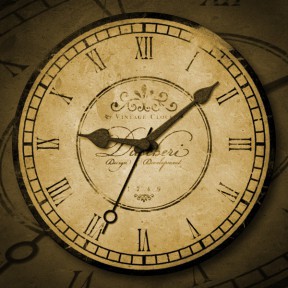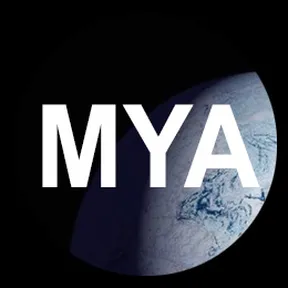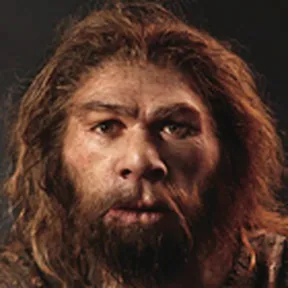
Australopithecus Sediba
Australopithecus Sediba is a species of Australopithecus of the early Pleistocene, identified based on fossil remains dated to about 2 million years ago.
The species Australopithecus Sediba is known from six skeletons discovered in the Malapa Fossil Site at the Cradle of Humankind World Heritage Site in South Africa, including a juvenile male (MH1 also called "Karabo", the holotype), an adult female (MH2, the paratype), an adult male, and three infants. The fossils were found together at the bottom of the Malapa Cave, where they apparently fell to their death, and have been dated to between 1.980 and 1.977 million years ago.
Over 220 fragments from the species have been recovered to date. The partial skeletons were initially described in two papers in the journal Science by American and South African paleoanthropologist Lee R. Berger from the University of the Witwatersrand, Johannesburg and colleagues as a newly discovered species of early human ancestor called Australopithecus sediba ("sediba" meaning "natural spring" or "well" in the Sotho language). MH1 is disarticulated and 34% complete if skeletal elements known to be in an unprepared block are included (59.6% if small elements are excluded) while MH2 is 45.6% complete (again 59.6% excluding small elements) and exhibits partial articulation.
Australopithecus Sediba may have lived in savannas but ate fruit and other foods from the forest-behavior similar to modern-day savanna chimpanzees. The conditions in which the individuals were buried and fossilized were extraordinary, permitting the extraction of plant phytoliths from dental plaque.

















































